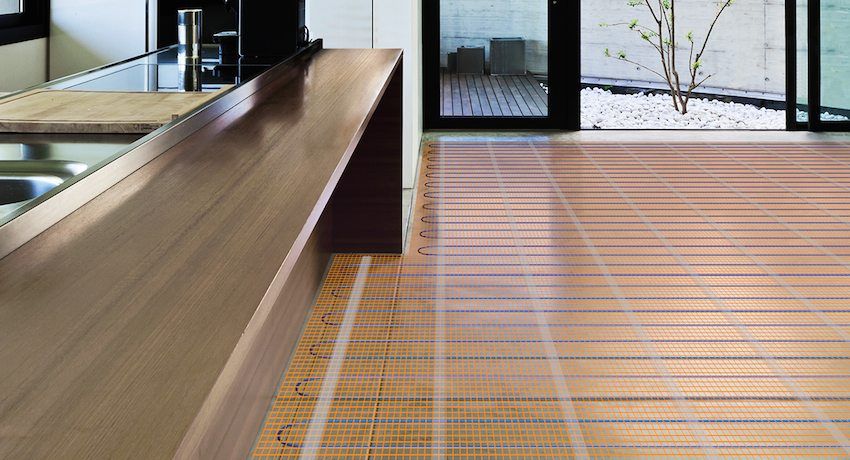In the process of construction or repair work always have to deal with the need to finish the walls with plaster. This process can not be called creative, so most do not like it. At the same time, correctly and accurately applied plaster ensures trouble-free decoration of the walls with a finishing coating. But how to do everything on their own and without flaws? Video plaster walls do-it-yourself cement mortar designed to teach this.
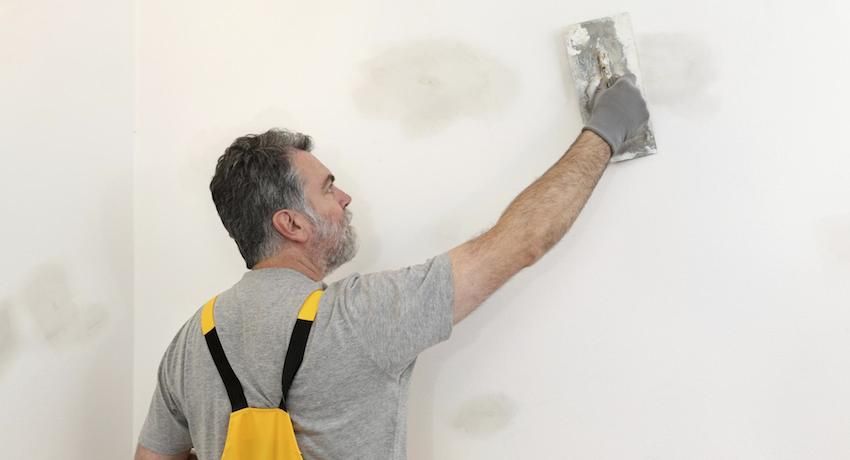
Main types of plaster mixes and their preparation
There are three main types of cement plaster used, both in new construction and in repair work. They differ in the composition of the plaster mixture:
- Plaster based on cement-lime mixture. Prepare it by mixing in equal parts lime and cement. To this add 10 parts of sand and dilute with water to the desired consistency. Rooms with high humidity are ideal for plastering with such a solution. These include kitchens and bathrooms, basements and garages. This type of plaster is indispensable for working on wooden walls, since lime has good adhesion with wood.
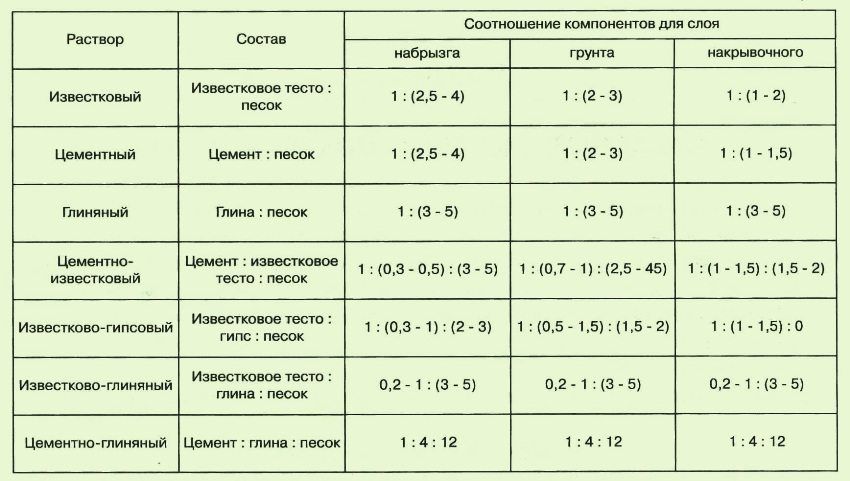
- If the main component of the solution is sand, and cement is a binder, then such a plaster is called cement-sand. This composition is convenient to align, both internal and external walls. Just be aware that sand does not like moisture. For this reason, this type of plaster is not recommended for use in case of excessive humidity. Masonry mortar in a ratio of 1: 5 can be independently prepared for plastering the walls with your own hands. Video mixing cement-sand mixture will help in this.

- Plaster is predominant in gypsum plaster. The ability of this mineral substance to quickly set allows you to use this type of plaster on the ceiling and in other places with difficult access.
Why do I need a grid for plastering the walls of the facade? Its main types, principles of choice, scope, methods of plastering, application options, tips.
Today, very few people prepare their own plaster mixtures of individual ingredients. There are ready-made dry formulations that are sufficient to be diluted with water in accordance with the instructions and thoroughly mixed. Mixing can be done with a drill with a nozzle.
Helpful advice! At independent preparation of plaster mix it is necessary to consider brand of cement. The higher it is, the more sand is required. Better adhesion will provide PVA glue, which can be added to the solution.
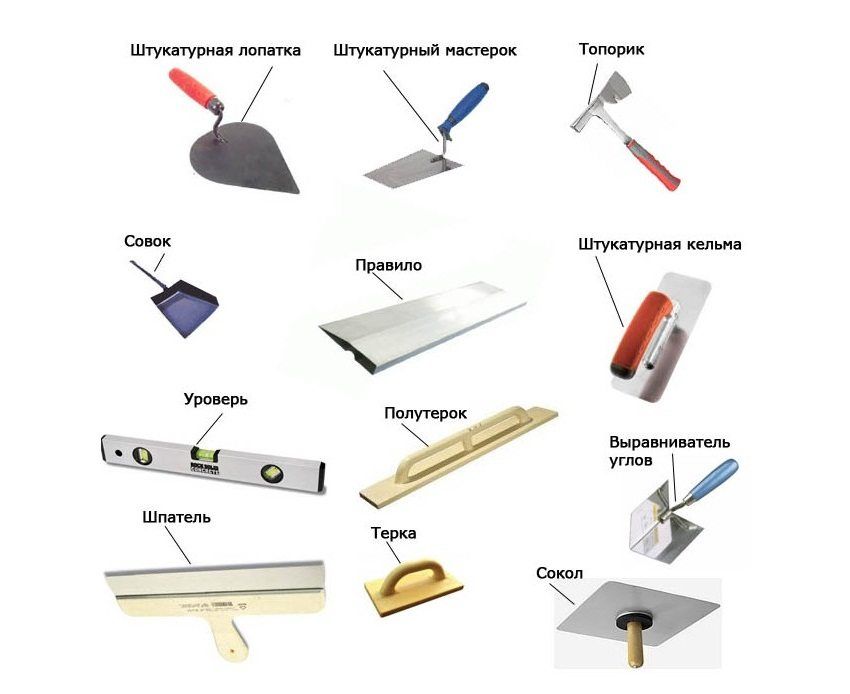
Plaster walls do-it-yourself cement mortar necessarily includes the preparatory work. If this is a new construction, and there are walls made of ordinary ordinary bricks, then there is no great need to prepare them for applying a plaster mix. It is only necessary to cut down the protruding bricks with an ax, if there are any. This will help to avoid applying too thick a layer without the need.

If the wall is made of facing bricks, then you need to drive nails between the rows and tie all the aluminum wire. It is even better to fix the plaster grid. The wall itself must be primed and applied to it tiled glue with a spatula with teeth. Only then can the mixture be applied. Concrete and foam blocks also require pre-priming and glue. Special plaster mesh will help to make high-quality plaster on these walls. Otherwise, the plaster mixture will rebound from them.

Wooden walls are much more difficult to plaster. To do this, be sure to fasten on them the batten of the rails or the ready-made mesh sold in stores. You should also perform a primer.

In the case of repair work before the preparatory work it is necessary to make a complete dismantling of the old coating to the very foundation. If parts of old plaster remain on the walls, the quality of new works cannot be guaranteed. Presented on any video plaster walls do it yourself, It always begins with preparatory work, the quality of which determines the success of the entire repair.
Helpful advice! Too dry walls do not allow the mixture to stick. Therefore, before plastering it is necessary to wet the bricks well.
As in any construction process, plastering walls has its own specific rules and sequence of actions. To apply the plaster on the prepared brick wall, you must:
- Fix the plaster grid to the wall with dowels hammered in staggeredly. The grid should have a corrosion-resistant coating. Otherwise, rust will appear on the wall before the plaster dries. Dowels are interconnected by knitting wire Z – shaped patterns.

- Guide beacons are installed. A smooth surface can be created only when plastering walls on beacons with your own hands. A video of such a process is proof of such an assertion. Wooden slats can be used as lighthouses, but professionals use perforated slats sold in stores. Beacons are installed strictly on the level.

- Plaster mixture is applied and leveled at the beacons.
- Produced grouting plaster.
The process of applying the mixture is the most time consuming and laborious. The mortar is pounced on the wall with a trowel or a ladle, for whom it is convenient. Throwing movements need to be made bottom-up. It is necessary to fill all the space between two adjacent lighthouses. Then we align the applied mixture with a special rule. In this case, the ends of the tool should slide upwards along the surface of the profiles.
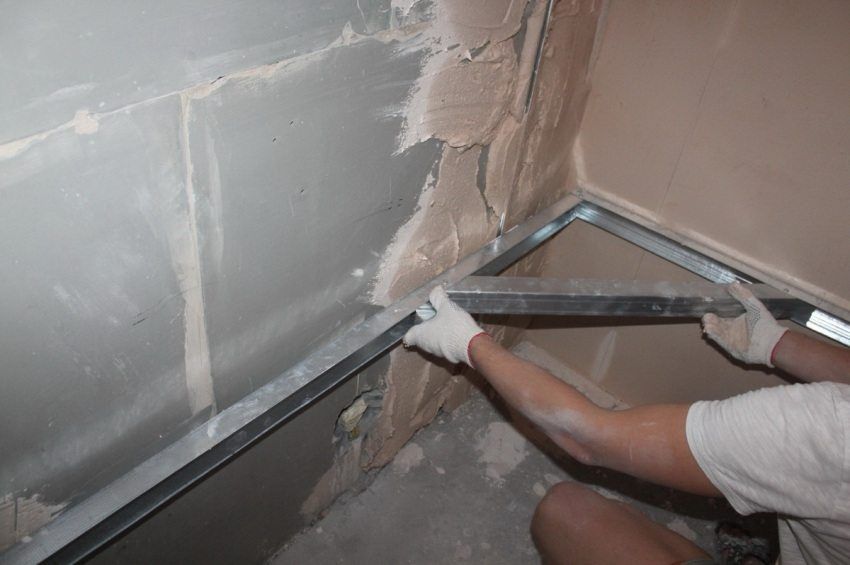
In the process of this movement, the rule should be moved with sharp movements to the right and left. This allows you to evenly distribute the solution on the wall, compacting it. The result is a flat wall. Having completed the first segment, we proceed to the next one. All movements are repeated again. In the video of the plaster walls on beacons with your own hands, you can see in detail what movements are made by the rule.

When the walls dry out a bit, they need to wipe. To do this, use a halfter or trowel. These tools move around the surface in circular motions. The process continues until the surface becomes smooth. If the plaster has had too much dry before grouting, then it can be wetted.

To get a smooth surface without cracking, it is necessary to control the drying process. First, high indoor temperatures are unacceptable. Secondly, periodically the walls need to be wetted with water. Thirdly, you should always immediately rub up the emerging cracks. Proper control of drying ensures high quality plaster.
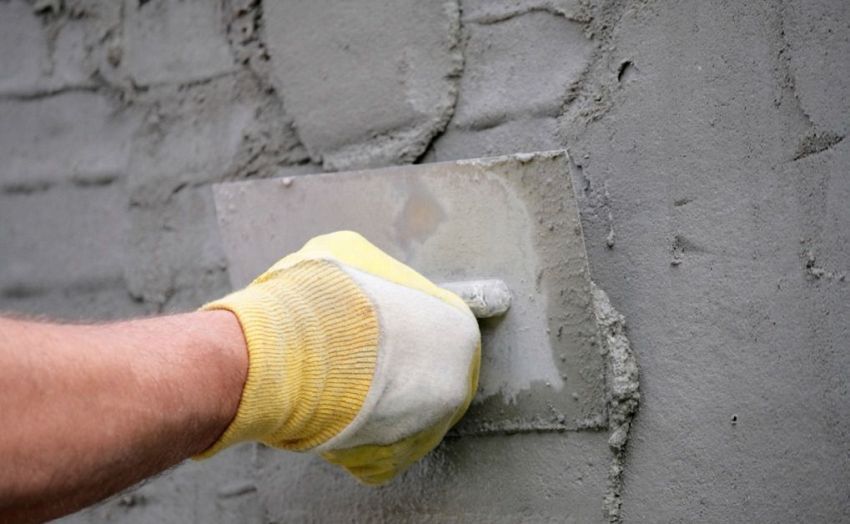
Helpful advice! In the course of all the work, the tool must be wetted with water. This will prevent the mortar from sticking, which will make it possible to accurately and wisely plaster the surface.

Although the procedure of applying plaster on the walls is laborious and unpleasant, the quality of its implementation should not be in doubt. Irregularities on the walls will not allow you to make a beautiful finish, or will be forced to take additional leveling measures, which will entail additional costs.

